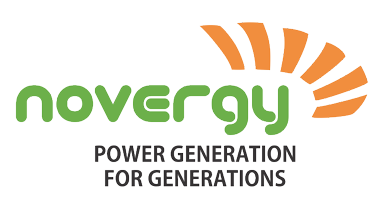Solar PV systems have become an increasingly popular way for industries and businesses to generate their own clean energy and reduce their reliance on fossil fuels. However, as with any electrical system, there are potential safety risks that must be considered. In this blog, we will delve into the most common hazards associated with solar PV systems, including electrical shock and fire risks, as well as fall hazards for those working on installations.
In this blog, we will explore the top risks associated with solar PV systems. We will also provide practical tips and guidelines for keeping your solar PV system safe and working effectively. Whether you are an industrialist or businessman considering installing solar panels, Understanding and addressing these risks is crucial to ensuring the safe and sustainable growth of solar energy.
Preventing Shock and Electrocution from Energized Conductor
When dealing with solar PV systems, shock or electrocution from energized wires is a severe risk. The possibility of electric shock and burns is one of the most critical risks associated with solar PV systems. This could happen if the system has to be properly grounded or if the wiring or equipment has flaws. When working with the system, it’s crucial to wear the appropriate safety gear, such as rubber-soled shoes and gloves, and ensure that all electrical connections are secure and corrosion-free to prevent this risk. To avoid electrical current going through undesired channels, it’s crucial to check that the solar PV system is grounded correctly and that all wiring is securely insulated. To guarantee that the system is up to code and that all of the equipment is in good operating order, it is also imperative to hire a qualified and licensed electrician to install and maintain the system.
Control Measures for Arc Flash Hazards on Both the AC and DC side of a Solar PV System can include:
AC side mitigation:
- Arc Fault Circuit Interrupters (AFCIs): Installing AFCIs on the inverter or the AC breaker panel to detect and interrupt an arc fault before it can cause damage or fire.
- Ground Fault Circuit Interrupters (GFCIs): Installing GFCIs to detect and interrupt ground faults can prevent damage and fire hazards.
- Proper equipment labeling: Labeling electrical equipment with warning labels indicates the hazard level and the necessary personal protective equipment.
- Personal Protective Equipment (PPE): Providing workers with appropriate PPE, such as arc-rated clothing, gloves, face shields, and hard hats, to protect them from thermal energy and other hazards associated with an arc flash.
- Training and education: Providing workers with the training and education they need to understand the hazards associated with an arc flash and how to work safely around electrical equipment.
DC side mitigation:
- DC Disconnect Switch: Installing a DC disconnect switch can help to quickly and safely isolate the DC side of the solar PV system in the event of an arc flash.
- Conducting regular risk assessments: Regularly assessing the risks associated with an arc flash and implementing appropriate measures to reduce or eliminate those risks.
- Maintenance and inspection: Regularly inspecting and maintaining electrical equipment to ensure that it is in good working condition and that no potential hazards exist.
- Proper design of the electrical system: Proper technique can reduce the likelihood of an arc flash from occurring.
- Implementing an emergency response plan: Having an emergency response plan in place can help to minimize the damage and injuries in the event of an arc flash.
Avoiding Hazards in Rooftop Solar Installation: Safety Tips and Techniques
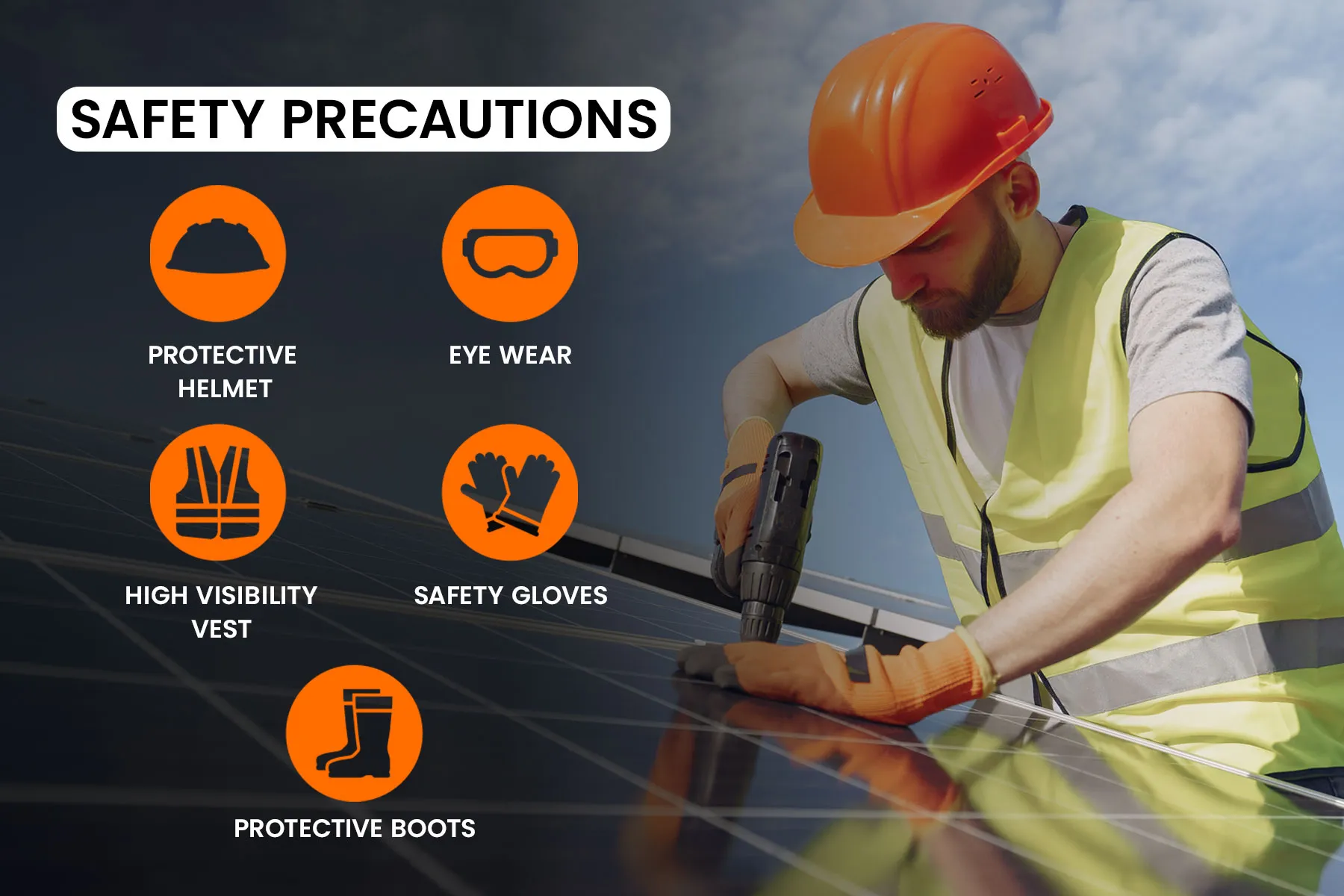
It is important to note that these are general measures, and specific safety requirements may vary depending on the type of solar PV system, the location, and the particular hazards. It is always recommended to consult with a qualified professional to ensure compliance with local regulations and industry standards and to ensure the safety of workers and equipment.
Safety practices should be a top priority when installing on a rooftop to prevent accidents or injuries. Some safety measures that should be taken include:
- It is conducting a thorough inspection of the rooftop before beginning the installation to ensure that it is safe to work on and that there are no hazards.
- Using proper fall protection equipment, such as harnesses and safety lines, to prevent falls from the rooftop.
- Wearing appropriate personal protective equipment, such as hard hats, safety glasses, and work boots, to protect against potential hazards.
- Ensure all equipment and tools are in good working condition before using them.
- Following proper lifting techniques to prevent injuries when lifting and moving heavy equipment or materials.
- We have a clear and well-communicated emergency plan in case of accidents or injuries.
1. Lifeline on Industrial Shed Roofs
A lifeline on an industrial shed roof is an important safety measure to prevent falls from heights. It is a rope, cable, or webbing anchored securely to the roof and worn by workers to provide a secure connection to the roof while working. This provides an added level of protection for workers and helps to prevent injuries or accidents while working at heights.
It is important that the lifeline is installed correctly and maintained and that workers are trained to use it correctly. It should be inspected regularly to ensure that it is in good working condition and that all hardware and attachments are secure.
It’s also important to note that a lifeline is not a substitute for fall protection equipment or other safety measures but rather an additional layer of protection in a comprehensive fall protection plan.
2. Walkways on Industrial Shed Roofs
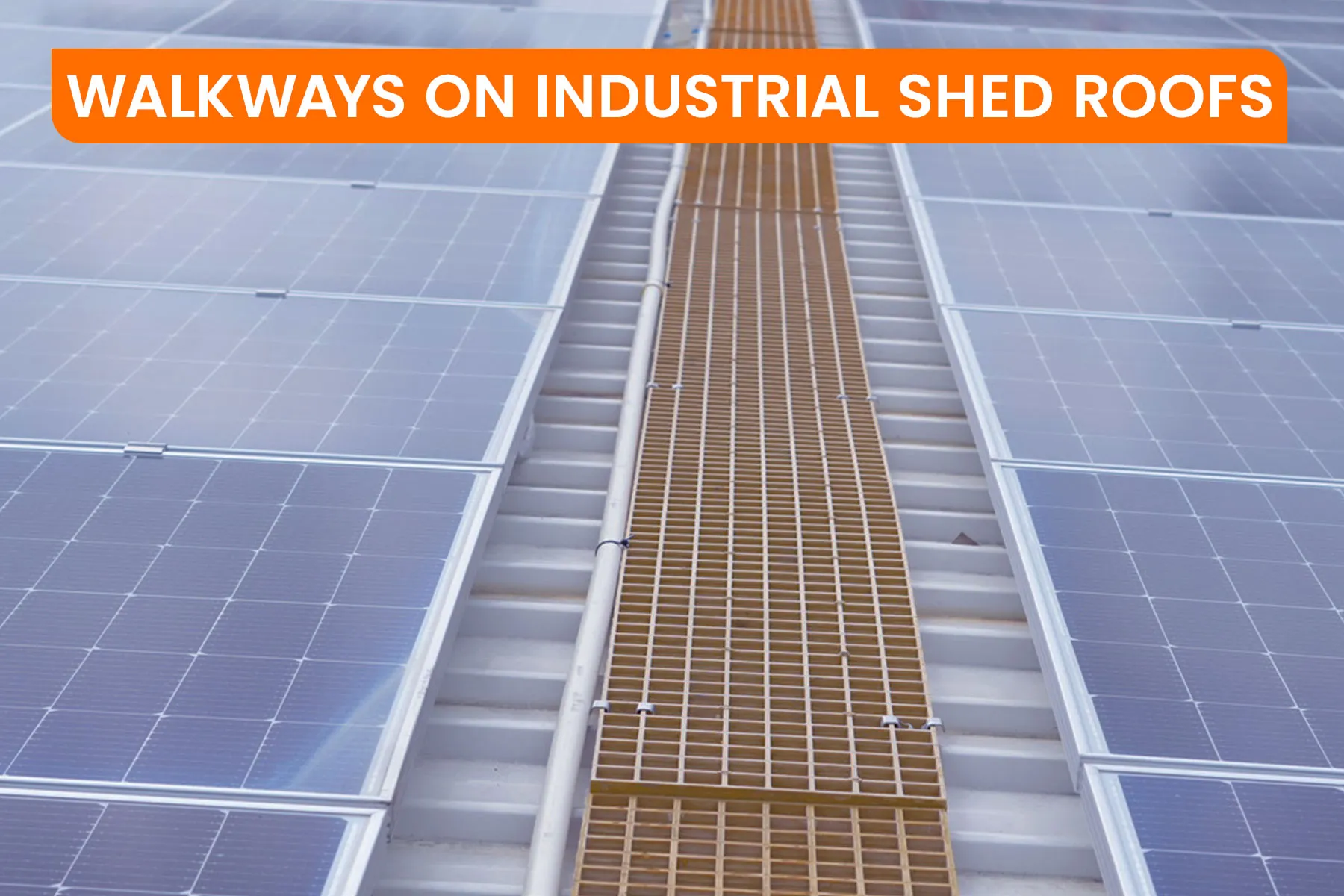
Walkways on industrial shed roofs are paths or platforms installed to provide a safe and stable surface for workers to walk on. These walkways are designed to provide a non-slip surface and can be made from various materials, such as concrete, steel, or grating.
Having walkways on industrial shed roofs helps reduce the risk of falls and accidents by providing a stable surface for workers to walk on. They also help to protect the roofing material from damage caused by foot traffic.
There are different types of walkways that can be installed on industrial shed roofs, such as:
- Permanent walkways: These are installed permanently on the roof and are made of materials such as concrete or steel. They are typically more durable and require less maintenance.
- Temporary walkways: These are designed to be easily installed and removed as needed. They are often made of lightweight materials such as aluminum or plastic and can be easily transported to different locations.
- Elevated walkways: These are installed above the roof surface and are used to access areas that are difficult to reach.
It’s important to note that walkways on industrial shed roofs should be designed to comply with safety regulations and guidelines to ensure the safety of workers. Regular inspection should be carried out to ensure that walkways are in good condition and that all hardware is secure.
Solar Panel Testing: Understanding the Equipment and Methods
The correct solar testing equipment will depend on the specific type of testing that needs to be performed. Some common types of solar testing equipment include:
AC/DC Clamp Meter
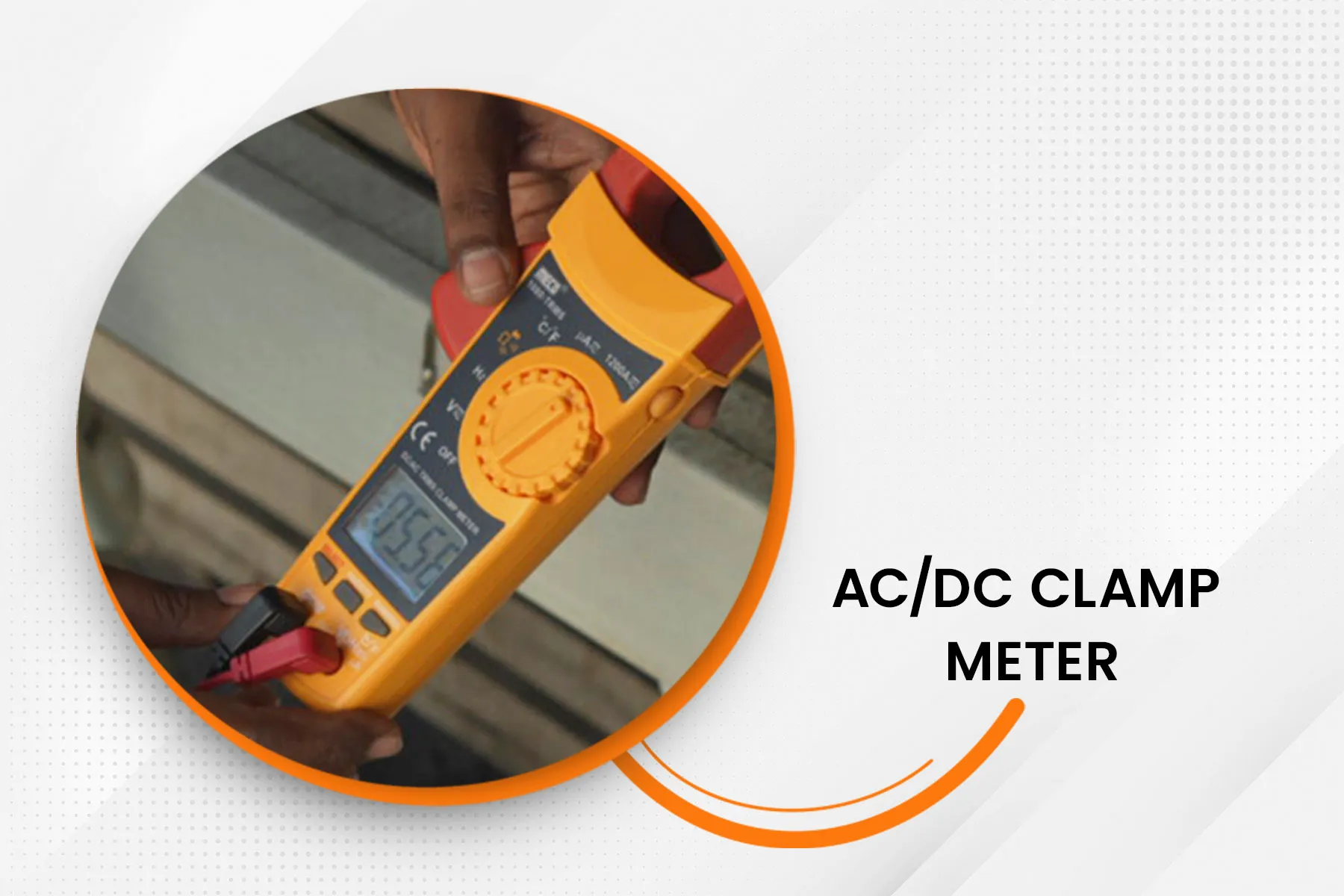
A clamp meter is a type of electrical test tool commonly used by industrial and commercial solar technicians. It is a handheld device that measures the current flowing through a conductor without having to make direct contact with the conductor.
The device features a clamp-like mechanism that can be opened and closed around a conductor, allowing the technician to measure the current flowing through the conductor. It can measure AC and DC current, voltage, resistance, and other electrical parameters.
To use a clamp meter, a technician will typically open the clamp around a conductor, such as a wire or a cable, and then take a reading using the display on the device. Some clamp meters have built-in data storage, which allows technicians to save and analyze the data over time.
It is an essential tool for industrial or commercial solar technicians to maintain and troubleshoot solar systems.
Earth Testers
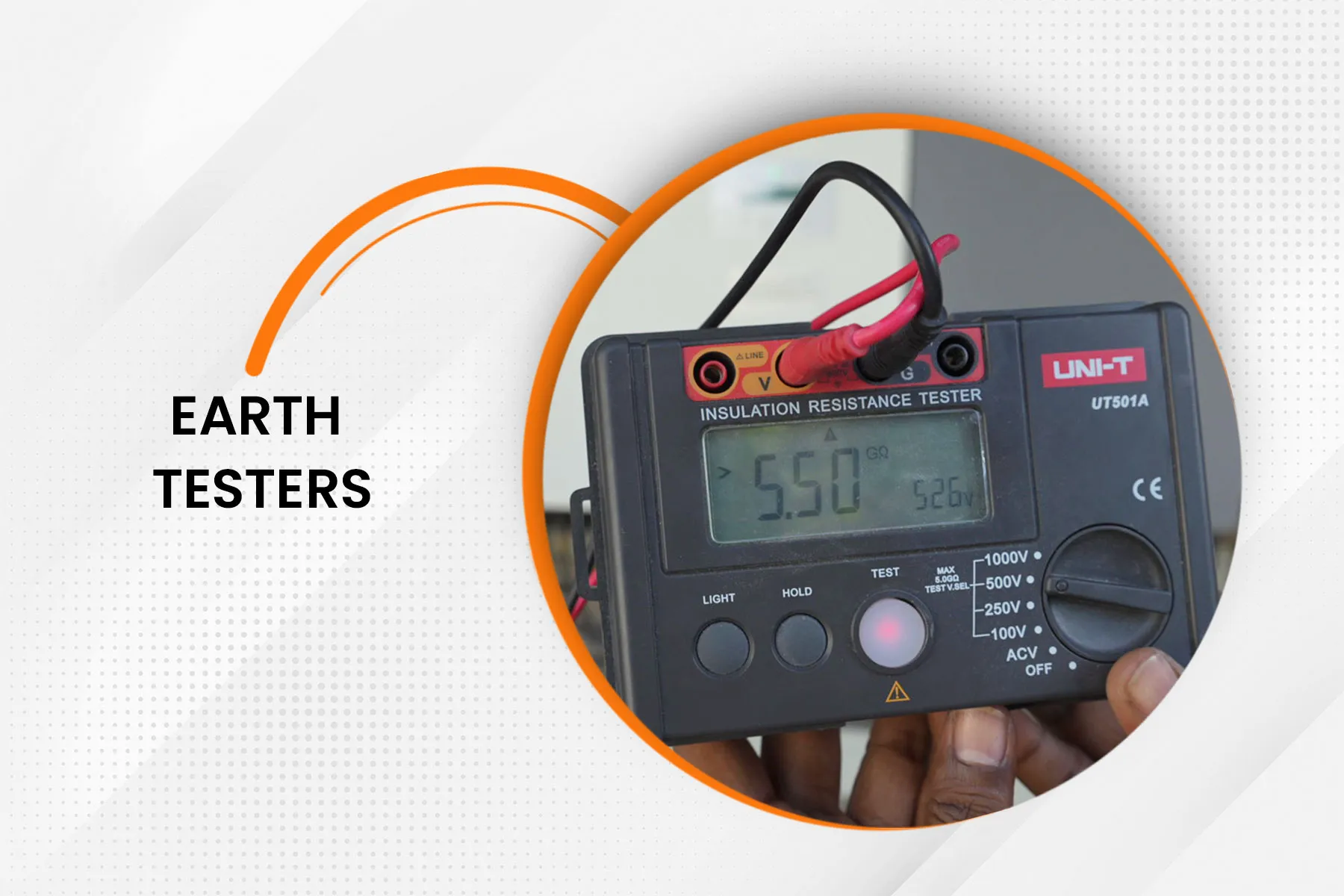
The Earth Ground Tester is a critical tool for any solar technician, as it allows them to quickly and easily check the integrity of the ground connection of a solar panel system. A proper ground connection is crucial for the safety of the system and its users and for the system’s efficient and reliable operation.
The Earth Ground Tester measures the electrical resistance of the ground connection, which is the resistance to the flow of electrical current through the ground. This resistance is measured in ohms, and a lower resistance value indicates a better ground connection. The technician will typically use the Earth Ground Tester to measure the resistance at several points along the ground connection to ensure that the entire connection is adequate.
The digital display on the tester will then show the resistance measurement, which the technician can then compare to the recommended values for the specific system.
Overall, the Earth Ground Tester is an essential tool for any solar technician, as it allows them to quickly and easily check the integrity of the ground connection of a solar panel system, ensuring the safety and reliable operation of the system.
Safety Guidelines in Terms of Material & Manpower Movement
- Use proper lifting techniques to avoid back injuries. This may include using a dolly or hand truck to move heavy materials or getting help from a co-worker to lift heavy items.
- Use a crane or forklift for heavy lifting and ensure the operator is trained and certified.
- Mark the area where the material is to be placed and ensure the area is clear and free of hazards before lifting.
- Use slings, straps, or other lifting equipment to secure the material before lifting.
- Always keep a clear line of sight when lifting and moving materials to avoid collisions or other accidents.
- Use caution when working at heights, such as installing solar panels on a roof. Make sure to use proper fall protection equipment.
Safety should be a top priority when lifting and moving materials related to solar energy systems. Following proper guidelines and using the appropriate equipment can help prevent injuries and protect workers and equipment.
We at Novergy take safety precautions extremely seriously, and our skilled engineers make sure to follow them while installing.
Parting Thoughts
Solar PV systems present potential safety hazards such as electrical shock, fire, arc faults, and flash. It is essential to be aware of these hazards and to take the necessary precautions to ensure the safety of those working on or near the system. Proper installation and maintenance, the use of appropriate safety equipment, and compliance with local building codes and regulations can help to mitigate these risks. Regular inspections and care should be performed to identify and repair potential issues and ensure that the system operates safely and efficiently.
It is always advised to seek professional advice; in this case, such advice should come from a business like Novergy Solar. which provides full-service solutions for solar PV systems to ensure compliance with industry standards and the safety of workers and equipment.
Novergy Solar is known for its safety-first approach and provides full safety training to its employees. We use top-quality equipment to ensure the longevity and efficiency of the system while keeping safety as the top priority.
Connect with us at +91-294-2415487/88
Please email us at enquiry@novergy.net.
